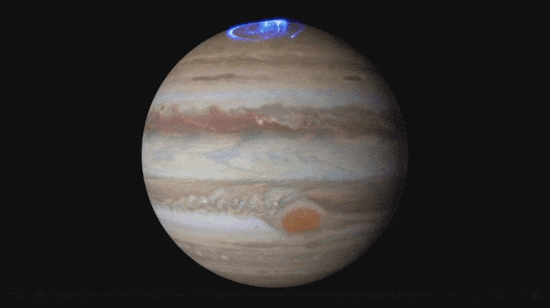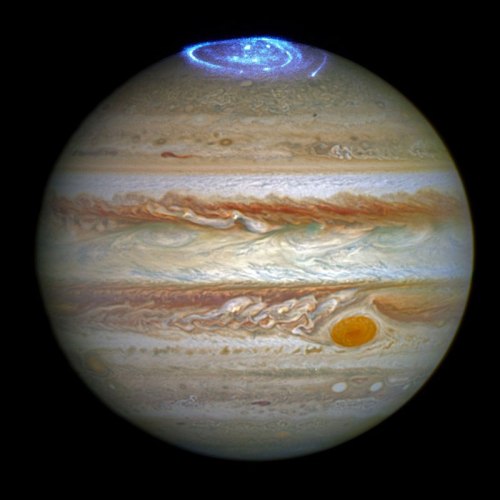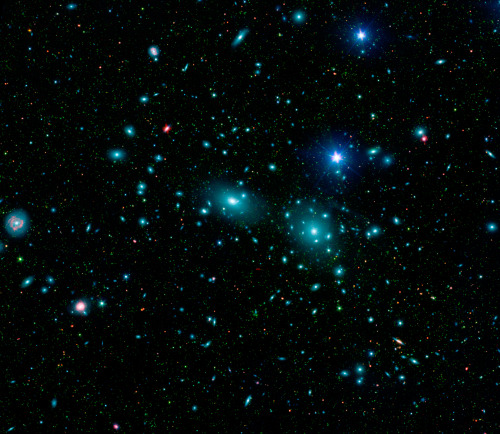Hillsboro, Oregon

Hillsboro, Oregon
by: Nick Verbelchuk
More Posts from Porcelainrobot and Others

Crashing In//Oregon July 2016




Jupiter’s Galilean Moons
Io - Jupiter’s volcanic moon
Europa - Jupiter’s icy moon
Ganymede - Jupiter’s (and the solar system’s) largest moon
Callisto - Jupiter’s heavily cratered moon
Made using: Celestia, Screen2Gif & GIMP Based on: @spaceplasma‘s solar system gifs Profile sources: http://solarsystem.nasa.gov/planets, http://nssdc.gsfc.nasa.gov/planetary/factsheet/joviansatfact.html

The European Southern Observatory (ESO) has released a beautiful new image of the open star cluster Messier 7. This new view of a middle-aged star cluster (also known as “M7”) comes in the form of an ESO photo release. Using the MPG/ESO 2.2-metre telescope at La Silla Observatory in Chile, the image was taken with the Wide-Field Imager and shows a window of sky about 1° across, or twice as wide as a full Moon. The cluster stars are the big, (mostly) blue ones in the foreground, about 1000 light years away; the thousands of other, fainter stars are many times more distant as the line of sight in this view is one of the most dense through our Galaxy’s disk.
At 200 million years old, Messier 7 is a snapshot in the middle of the evolution of a typical star cluster: the gas and dust from which the stars formed are long gone, but the resulting stars are still near each other in space. The blue stars are evolving rapidly and will be the first to disappear, while the longer-lived cluster stars will slowly drift apart over the next billion years or so. According to the photo release, “As they age, the brightest stars in the picture — a population of up to a tenth of the total stars in the cluster — will violently explode as supernovae. Looking further into the future, the remaining faint stars, which are much more numerous, will slowly drift apart until they become no longer recognisable as a cluster.”


Auroras Larger Than Earth Spotted Over Jupiter

Above It All // Heather Ingram

daniiux



The Invisible Galaxy
A new form of diffuse galaxy has been discovered inside the Coma Cluster. This place is made 99.99% of dark matter, totally invisible as it doesn’t interact with light.
The galaxy is known as Dragonfly 44 and was discovered by astronomers Pieter van Dokkum and his colleagues.
The way star systems orbit around the center of a galaxy is inexplicable with “normal” physics. To account for the velocity variations and patterns we need to add a new ingredient to the gravitational pot: dark matter.
Dragonfly 44 in particular has so few stars that were the dark matter to be taken away, the galaxy would fly apart the same way you’d go flying if the cord holding the swing to a swing set were severed.
(Image credit: NASA, JPL-CalTech and L. Jenkins)

-
 flyesp liked this · 1 month ago
flyesp liked this · 1 month ago -
 nub-step reblogged this · 1 month ago
nub-step reblogged this · 1 month ago -
 nub-step liked this · 1 month ago
nub-step liked this · 1 month ago -
 outlawry182 reblogged this · 1 month ago
outlawry182 reblogged this · 1 month ago -
 outlawry182 liked this · 1 month ago
outlawry182 liked this · 1 month ago -
 wipaca reblogged this · 1 month ago
wipaca reblogged this · 1 month ago -
 oketsu-love liked this · 2 months ago
oketsu-love liked this · 2 months ago -
 mb-respect liked this · 2 months ago
mb-respect liked this · 2 months ago -
 sevyonekucar reblogged this · 2 months ago
sevyonekucar reblogged this · 2 months ago -
 c0o9l reblogged this · 8 months ago
c0o9l reblogged this · 8 months ago -
 housesfullofsand reblogged this · 9 months ago
housesfullofsand reblogged this · 9 months ago -
 onyx5353 reblogged this · 1 year ago
onyx5353 reblogged this · 1 year ago -
 darlingriezmann liked this · 1 year ago
darlingriezmann liked this · 1 year ago -
 mochisquish liked this · 1 year ago
mochisquish liked this · 1 year ago -
 neucreattertili liked this · 1 year ago
neucreattertili liked this · 1 year ago -
 0815-4711-02 liked this · 1 year ago
0815-4711-02 liked this · 1 year ago -
 roalacytong liked this · 1 year ago
roalacytong liked this · 1 year ago -
 vaudevilliano reblogged this · 2 years ago
vaudevilliano reblogged this · 2 years ago -
 vaudevilliano liked this · 2 years ago
vaudevilliano liked this · 2 years ago -
 kanaliglitz liked this · 2 years ago
kanaliglitz liked this · 2 years ago -
 celestica-1988 reblogged this · 2 years ago
celestica-1988 reblogged this · 2 years ago -
 atacama-azul reblogged this · 2 years ago
atacama-azul reblogged this · 2 years ago -
 kxrixnx reblogged this · 2 years ago
kxrixnx reblogged this · 2 years ago -
 kxrixnx liked this · 2 years ago
kxrixnx liked this · 2 years ago -
 in-the-immensity-of-space reblogged this · 2 years ago
in-the-immensity-of-space reblogged this · 2 years ago -
 geminidas reblogged this · 2 years ago
geminidas reblogged this · 2 years ago -
 lostinlifetravelling liked this · 2 years ago
lostinlifetravelling liked this · 2 years ago -
 evanparsival liked this · 2 years ago
evanparsival liked this · 2 years ago -
 hiddeninlight reblogged this · 2 years ago
hiddeninlight reblogged this · 2 years ago -
 carlosvalter liked this · 2 years ago
carlosvalter liked this · 2 years ago -
 peaceflavor reblogged this · 2 years ago
peaceflavor reblogged this · 2 years ago -
 peaceflavor liked this · 2 years ago
peaceflavor liked this · 2 years ago -
 flowerinformaldehyde liked this · 2 years ago
flowerinformaldehyde liked this · 2 years ago